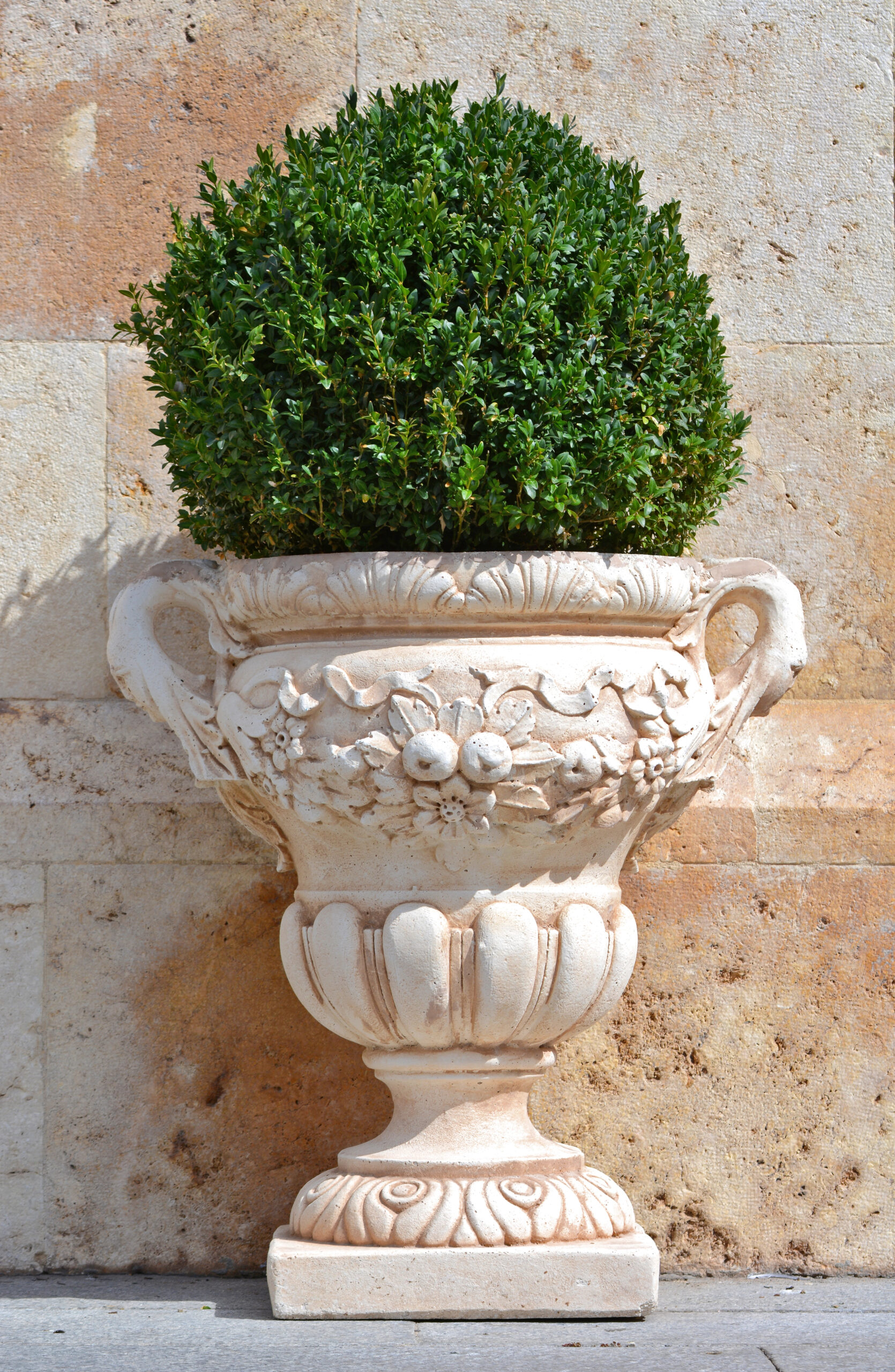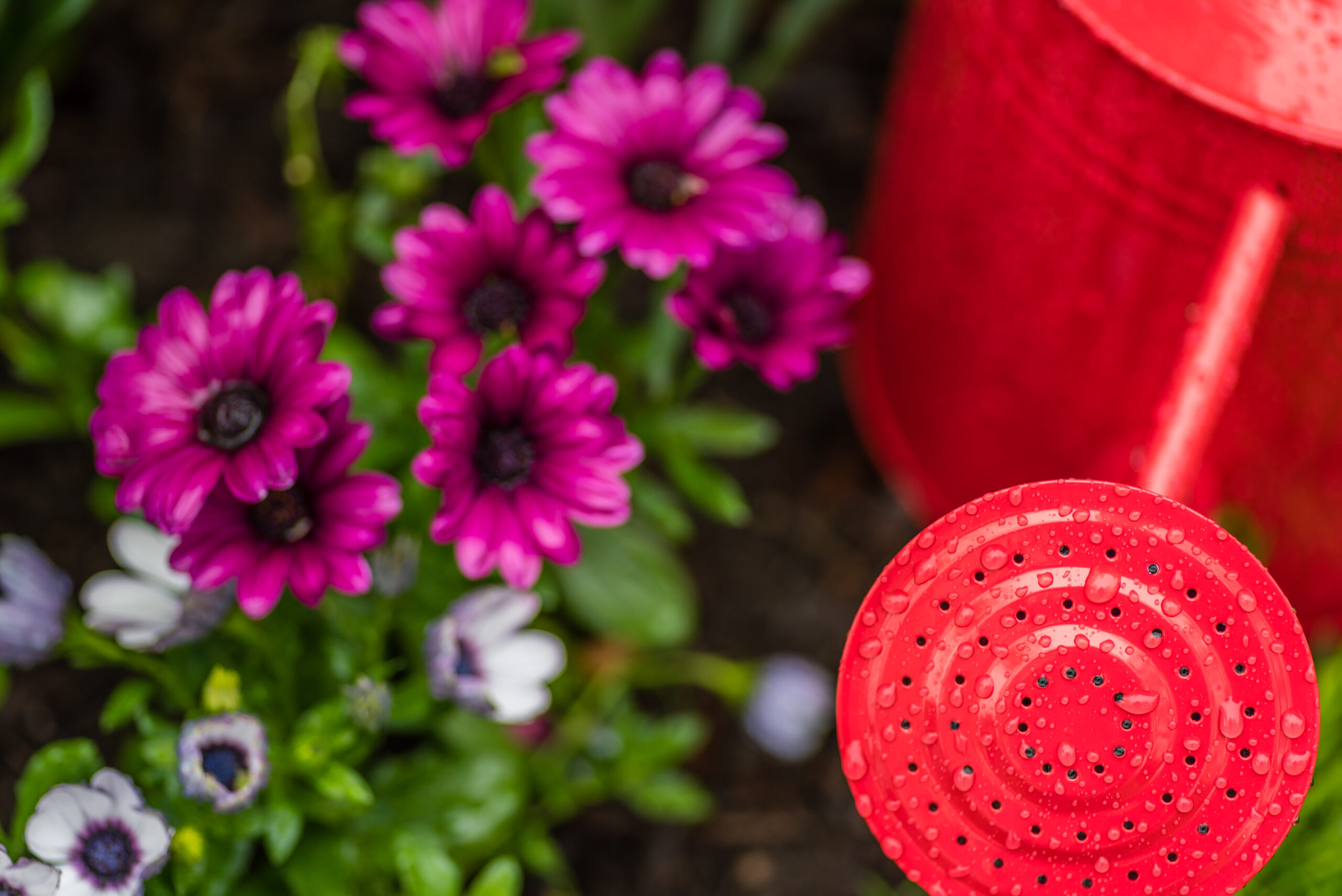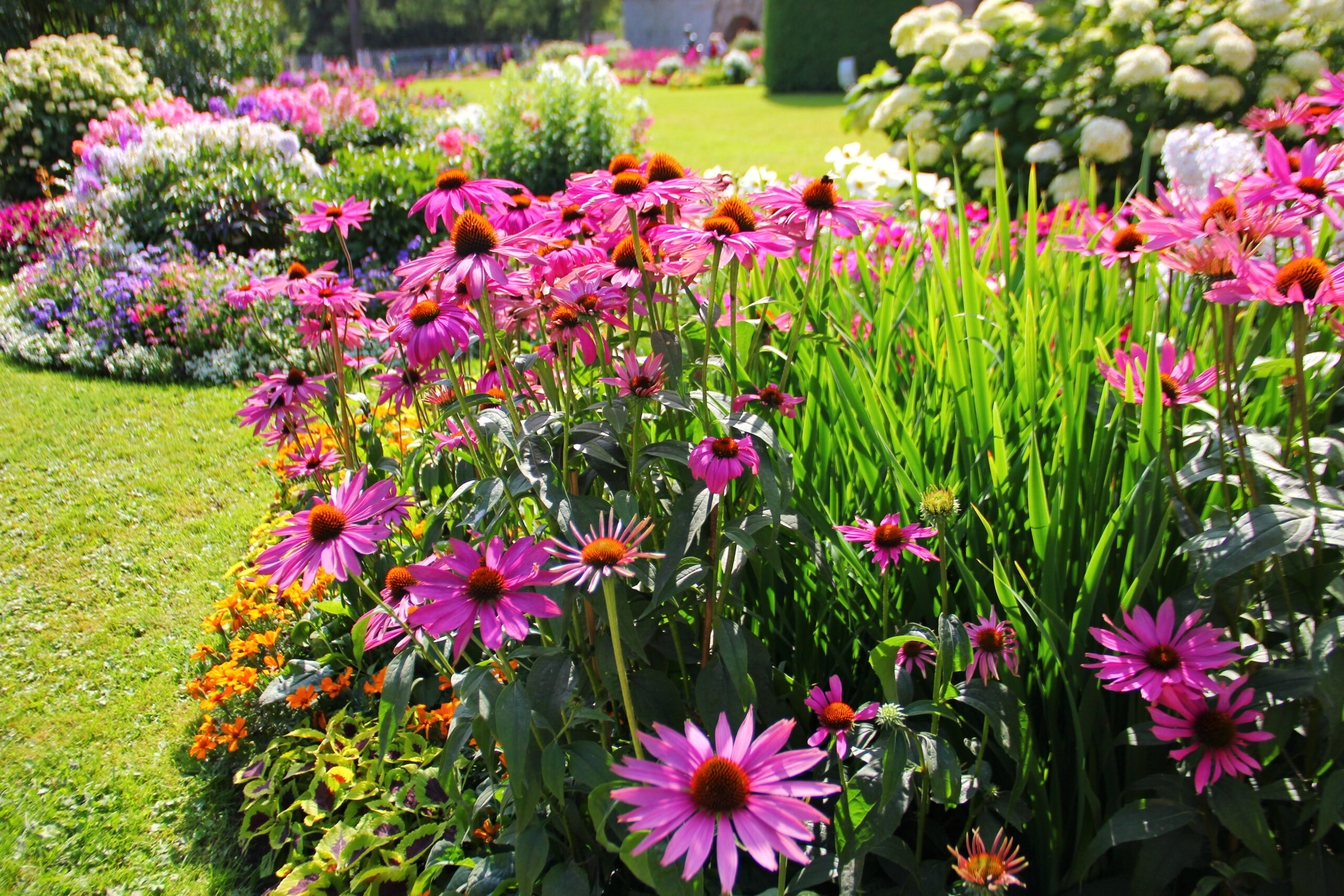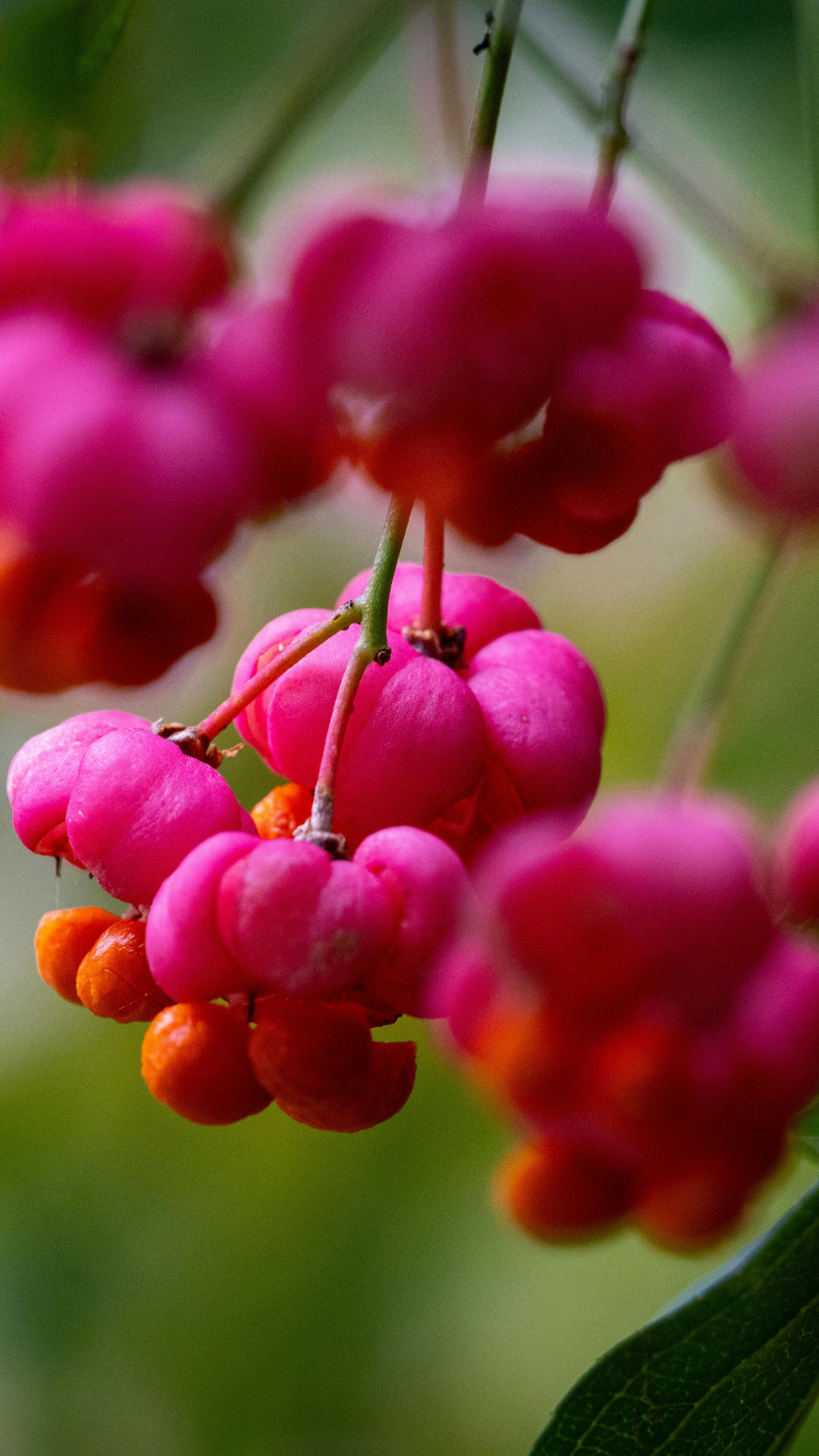Ever plant something that looked picture-perfect in spring… only to watch your small garden lose all its charm by mid-summer? You’re not alone. In tiny outdoor spaces, it doesn’t take much for things to feel messy or uninspired. That’s where boxwoods come in. A boxwood garden — the timeless design element that quietly carries a space year-round.
Think of a boxwood garden as the outdoor equivalent of a fabulous pair of jeans with a crisp white cotton shirt. It always looks sharp, no matter the season, and it’s endlessly versatile: dressed up with lights for the holidays, softened with roses in summer, or left to shine on its own.
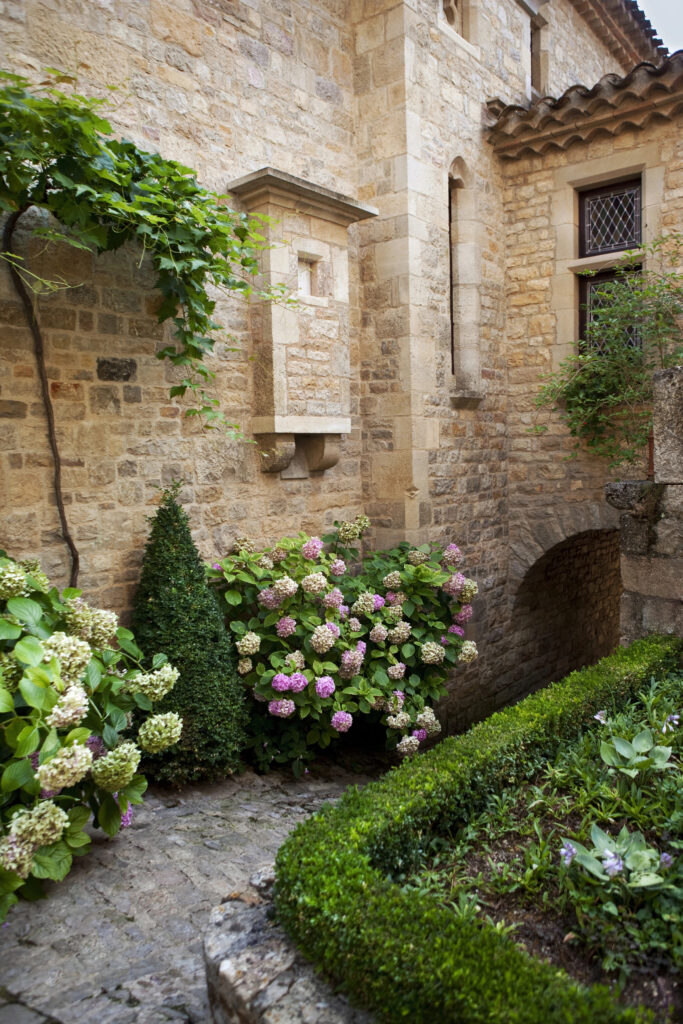
Why Structure Matters in Small Gardens
Small spaces demand clarity. Without structure, your patio, balcony, or front border can feel more like a cluttered corner than a sanctuary. Structure is what turns “just a few plants” into a design. If you’d like to dive deeper into how structure shapes a space through every season, explore our guide to winter garden structure.
Boxwoods provide that structure. Their evergreen foliage keeps a garden polished in January snow or August heat. Even better, they act like anchors: guiding the eye, balancing proportions, and giving seasonal flowers a stage on which to shine.
The Unique Appeal of Boxwood Gardens
So, why boxwoods specifically?
-
Compact size: Many varieties naturally stay small or can be pruned to fit.
-
Year-round greenery: Unlike perennials that disappear in winter, boxwoods hold the space together.
-
Style chameleons: They look equally at home in a modern courtyard or a romantic cottage path.
-
Longevity: Once established, they’re low-maintenance and live for decades.
For small garden dwellers, this means you get maximum impact without taking up valuable square footage.
How to Use Boxwood Gardens in Tiny Spaces
Here are a few design ideas to try:
-
Borders & Edging: Define a walkway or frame a flower bed with a neat row of boxwoods.<
View this post on Instagram -
Containers: Place a pair of potted boxwoods by your front door for instant curb appeal.
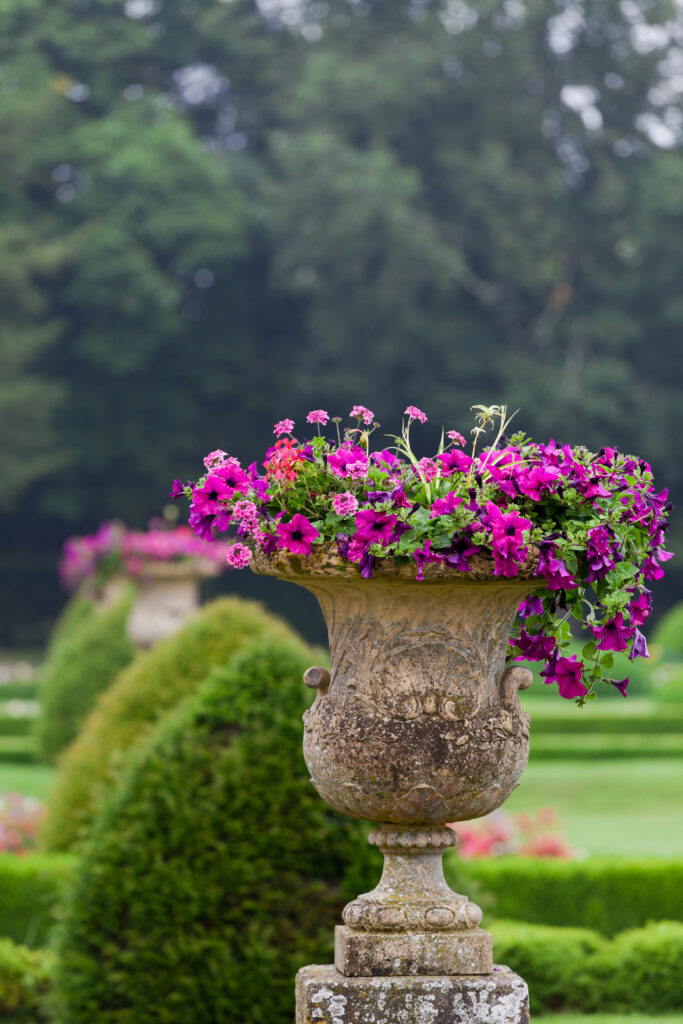
-
Framing Entrances: Flank a garden gate, porch step, or balcony edge with symmetrical shapes.
-
Anchor Plants: Use them at corners or as punctuation between flowering shrubs.
Design Tips for Success
Because every inch counts in a small garden, a little strategy goes a long way:
-
Choose dwarf or slow growers: Look for varieties that won’t outgrow your space.
-
Repetition is your friend: Three or five boxwoods in a row will always look cohesive.
-
Mix with seasonal stars: Hydrangeas, lavender, and tulips all pop against that steady green backdrop.<
View this post on Instagram -
Mind the pruning: Light trims keep them crisp — but avoid heavy shearing in late fall.
Best Boxwoods for a Boxwood Garden
Not all boxwoods are created equal. These varieties work beautifully in tight spaces:
-
Buxus sempervirens ‘Suffruticosa’ – the classic low hedge.
-
Buxus microphylla ‘Green Velvet’ – compact, hardy, and lush.
-
Buxus microphylla ‘Winter Gem’ – vibrant green even in cold climates.
When Boxwoods Aren’t an Option
If your region struggles with boxwood blight or deer pressure, try alternatives like dwarf yaupon holly, inkberry holly, or euonymus. They offer similar evergreen presence with fewer risks.
Inspiration for Tiny Spaces
-
Townhouse patio: A pair of boxwood spheres in terra-cotta pots.
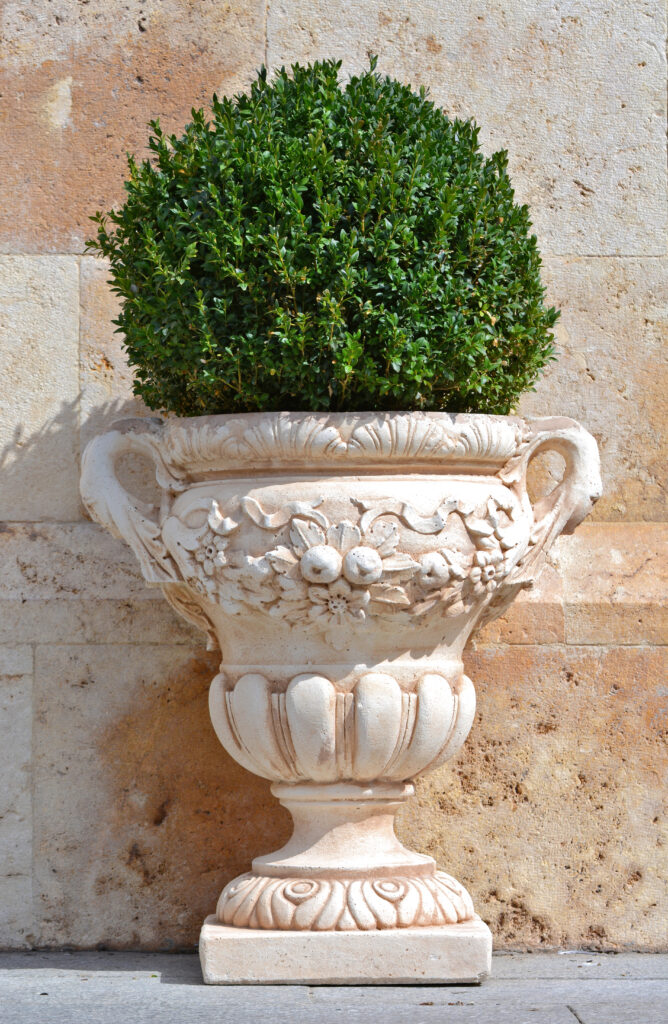
-
Front walkway: A simple hedge edging the path to the door.
View this post on Instagram -
Courtyard: Clipped boxwoods enclosing an art piece.
View this post on Instagram
Each example proves that boxwoods for small gardens don’t just add greenery — they add design.
Conclusion: The Takeaway
Boxwood gardens are more than a style choice. They’re the backbone of small-space design — steady, stylish, and endlessly adaptable. Whether you’re working with a balcony, porch, or postage-stamp lawn, boxwood gardens provide the polished look you’ve been missing.
So the next time you wonder how to transform your uninspired outdoor space, start with structure. Start with a boxwood garden.
Want more inspiration? Explore timeless garden layouts and plant palettes designed for small spaces.
FAQs
Are boxwoods good for small gardens?
Yes. Their compact form and year-round greenery make them ideal structural plants.
Which boxwood stays the smallest?
Dwarf varieties like ‘Suffruticosa’ are perfect for edging and borders.
Do boxwoods need full sun?
They thrive in partial to full sun but appreciate some afternoon shade in hot climates.
How far apart should I plant them?
For a hedge, space them 12–18 inches apart. For stand-alone accents, allow 2–3 feet.
What pairs well with boxwoods?
Seasonal perennials like roses, lavender, tulips, or hydrangeas contrast beautifully with boxwoods’ steady green.
